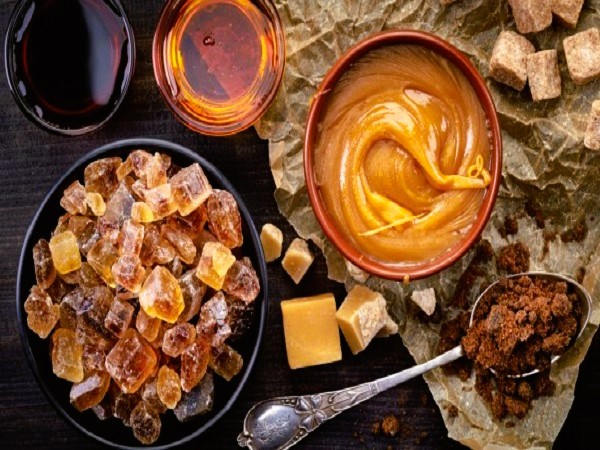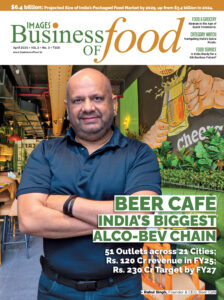The honey, sweet spreads and maple products’ market in India is registering significant developments and shifts. On the domestic front, the retail sales of these products in India are showing robust growth driven by factors such as increased awareness of their health benefits and versatile usage. The import figures signify evolving trade dynamics and highlight…




